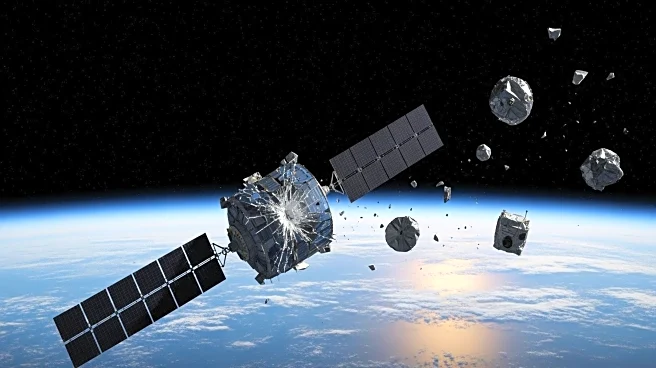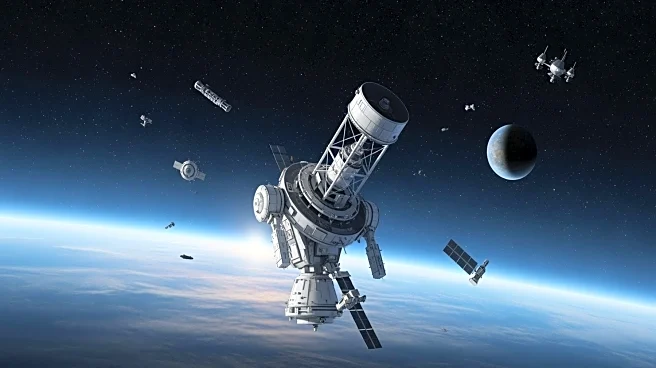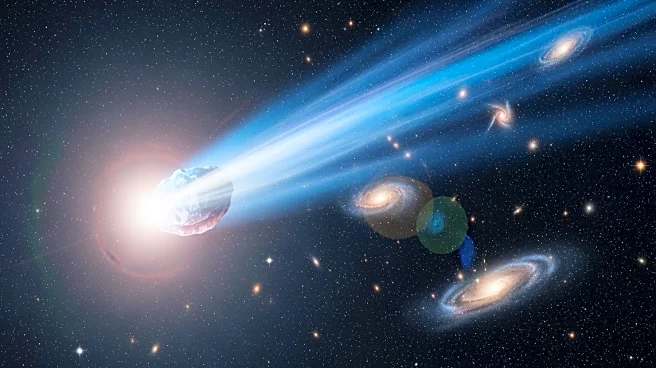What's Happening?
NASA has announced that the Northern Lights, or aurora borealis, are expected to be more impressive this winter due to increased solar activity. Jamie Favors, director of the Space Weather Program at NASA Headquarters,
explained that during the solar maximum, the number of sunspots and solar activity increases, providing an opportunity to learn more about the sun. This heightened solar activity can affect conditions in space, known as space weather, which impacts satellites, navigation systems like GPS, and power grids on Earth. The sun is currently in its maximum phase of the 11-year solar cycle, which is expected to last until March 2026.
Why It's Important?
The increased visibility of the Northern Lights presents a unique opportunity for tourism, particularly in regions where the aurora is visible. This phenomenon can boost local economies through noctourism, attracting visitors interested in witnessing the natural spectacle. Additionally, the effects of solar activity on space weather are significant for industries reliant on satellite technology and navigation systems. Understanding and predicting these impacts are crucial for maintaining the functionality and safety of technological infrastructure. The solar cycle's influence on power grids also highlights the need for preparedness in energy management and infrastructure resilience.
What's Next?
As solar activity continues to peak, scientists and researchers will monitor its effects on space weather and technological systems. The tourism industry may capitalize on the increased visibility of the Northern Lights by promoting travel packages and experiences centered around noctourism. Governments and businesses reliant on satellite and navigation technologies may need to implement strategies to mitigate potential disruptions caused by space weather. Continued research and observation will be essential in understanding the solar cycle's broader impacts and preparing for future solar maximum phases.
Beyond the Headlines
The solar maximum phase offers insights into the sun's behavior and its influence on the solar system. This period of increased solar activity can enhance scientific understanding of space weather phenomena and their implications for Earth. The interplay between solar activity and technological systems underscores the importance of advancing space weather prediction capabilities. Long-term observations may contribute to developing more robust infrastructure and adaptive strategies to cope with solar-induced disruptions.











